Digital marketing is using different promotion instruments involving online marketing channels to establish customer relationships.
In this video, Alex, a marketer at SendPulse, talks about ways to make your business more digital-friendly.
Why is digital marketing important?
If you still don't take advantage of doing digital marketing, you lose potential opportunities to acquire more leads and retain customers. With the correct strategy, digital marketing allows pursuing lots of goals.
Benefits of Digital Marketing
- Wide outreach
- Lower cost compared to traditional marketing
- Easy to measure results
- Decreases the selling cycle
- Helps build brand loyalty
- Retains customers
- Stimulates sales
To make use of these benefits, one should define the types of digital marketing to use. They are the channels at the same time. Each type helps achieve different goals, so while crafting a strategy, it should be taken into account.
Types of Digital Marketing
- Search Engine Optimization
- Paid Search
- Social Media Marketing
- Email Marketing
- Display advertising
- Affiliate Marketing
Search Engine Optimization
This involves creating useful and relevant content to rank high on the search engine results page. By optimizing your website or blog content, you get more organic traffic. This way, the page will have more chances to attract users’ attention.
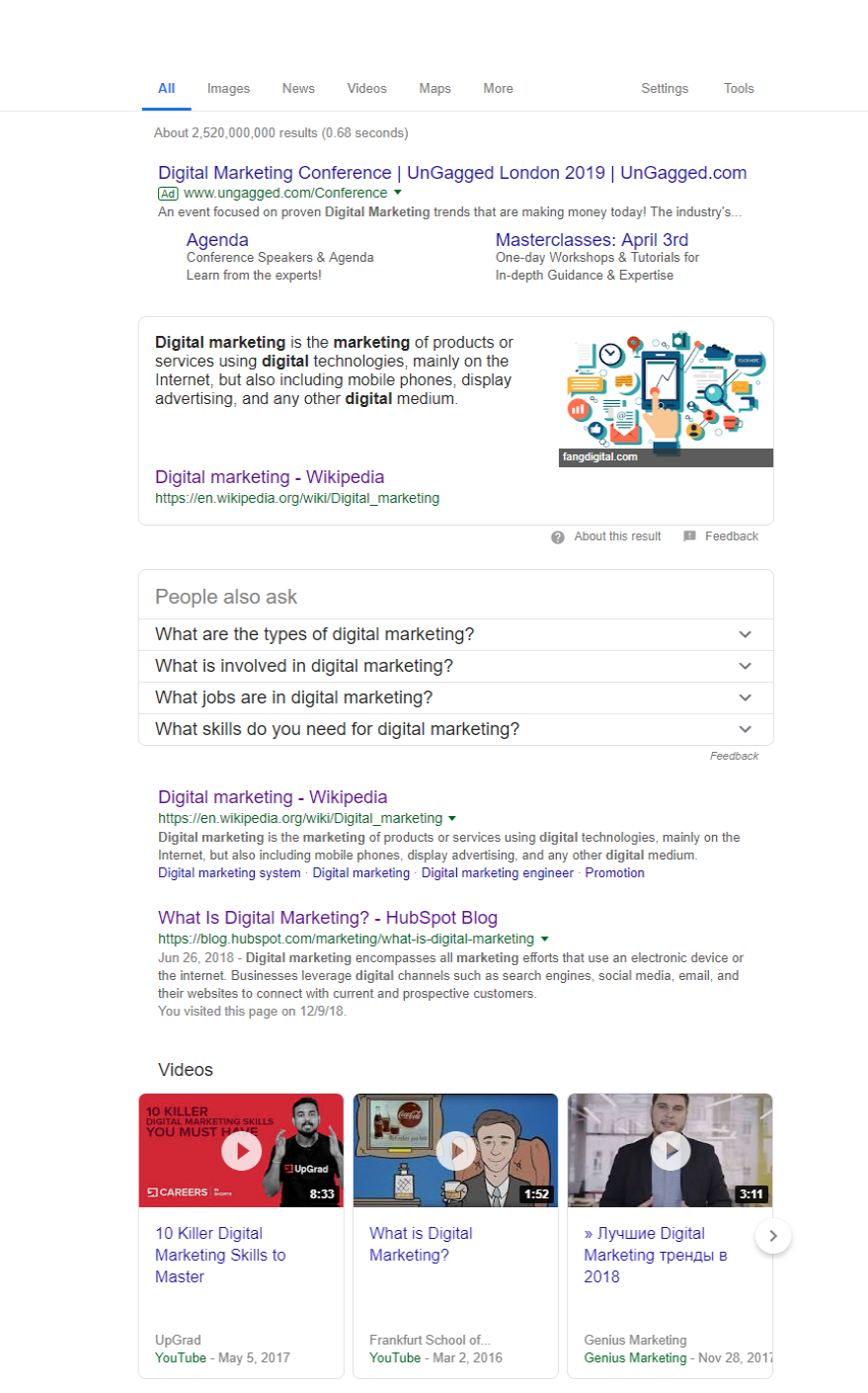
At the top is the paid search where you should pay per click. Under it, there are search engine results, click-throughs from which you get for free, and they make up organic traffic. When optimizing your website or blog, take into account both on-page and off-page SEO.
On-page SEO
It implies on-site optimization.
Take care of the following factors.
- Title tag. It’s a clickable headline for each result in the search query. It is vital for both user experience and SEO, as it is a short description of your page content, which is helpful for web spiders and the users. To be displayed correctly, keep in under 60 characters. Don’t forget to insert the keywords into the title tag.
- Heading. It appears at the top of a page. Make sure that each page has only one heading, including your targeted keywords, and it should reflect the page content.
- URL. It should reflect your page content as well. Include targeted keywords, but don’t change your current URLs as they may have backlinks and carry both authority and traffic.
- Page content. It should correlate with the search query to satisfy the users’ needs. Make sure that your piece of content provides site visitors with the necessary answers. Google has specific algorithms to check whether your page is beneficial.
- Page load speed. Google strives for the best user experience while searching. That’s why it ranks fast-loading pages higher in the search results.
- Internal linking. It’s important for both site visitors and search engines. Internal links mean that all the content on your website is coherent so that the users can find the answers to related questions.
- ALT text for images. An alternative text aims to provide with good user experience, as well. It’s visible for users when the images fail to load and help the crawlers understand what this particular image is about.
So, the purpose of an on-page SEO is to help both the users and the search engines. If all the factors mentioned above are okay, search engines will index your page without much effort.
Off-page SEO
It aims to increase your website authority. It is achieved by getting high-quality links from other websites. The more relevant links you have — the higher your domain authority is. To build links, create valuable content, increase social media shares, and get into guest blogging. Keep in mind that Google penalizes for manipulating the page rank by buying links.
Advantages of SEO
- It allows you to reduce costs spent on every engaged client.
- The achieved results will help you gain traffic for rather a long time.
Disadvantages of SEO
- The result is not visible immediately. Increasing of clickthroughs will be in 3-4 months.
- If you have excellent skills in SEO, you may unintentionally re-optimize your website by stuffing too many keywords or creating the content for search engines but not for users.
Paid Search
This is sponsored advertising, where you only pay if a user clicks on your ad, that's why it is also called "pay-per-click." Website owners choose a keyword that, as they think, will be typed by the target audience in a search engine and place a bid on it.
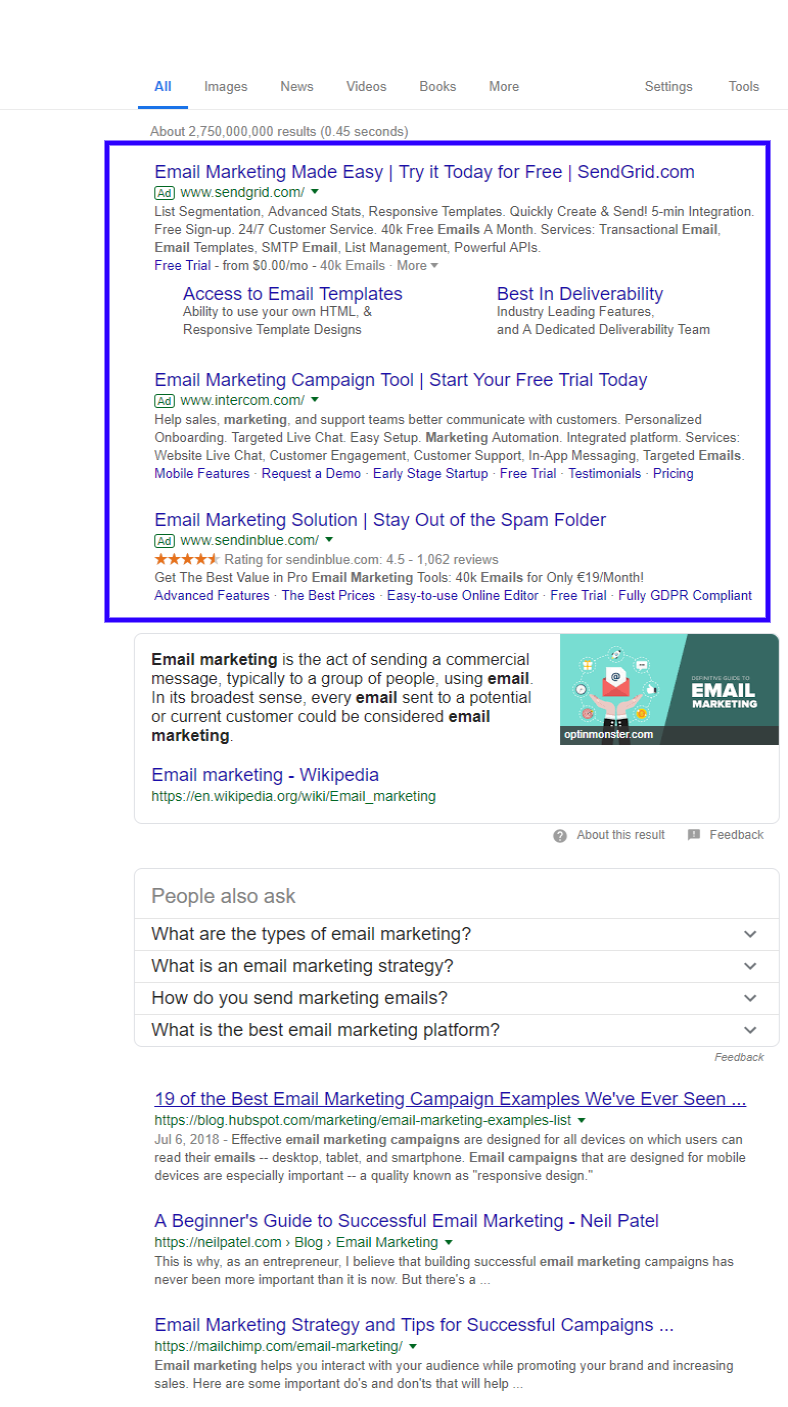
PPC channels
- Google Ads
- Paid ads on Facebook
- Sponsored messages on LinkedIn
- Promoted tweets on Twitter
Advantages of paid search
- Allows to get conversions quickly
- Provides with detailed statistics: you can find out which ads bring you income, which ones are loss-making, hence, remove them from the search engine results page
Disadvantages of paid search
- Expensive
- Highly competitive keywords require higher bids
- Not easy to implement
- Customers' clicks do not mean sales
- Click fraud
- People tend to trust organic search results rather than paid ads
Social Media Marketing
SMM is establishing relationships with customers and gaining traffic via social networks. Every social site gives its high chances to attract new customers, promote your brand, and boost sales.
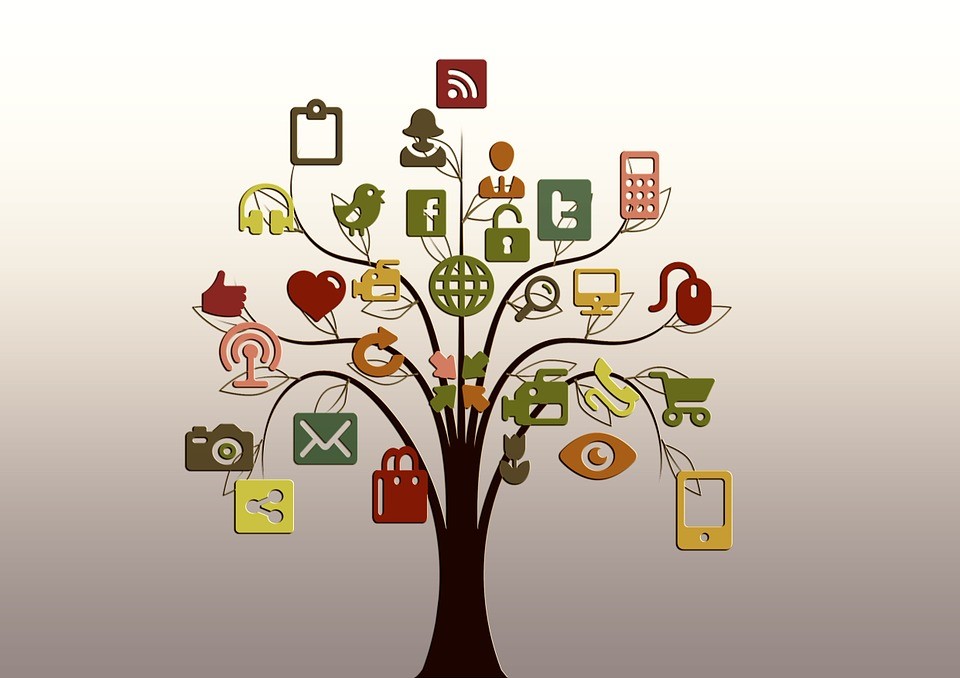
Social media marketing channels
- Google+
Advantages of SMM
- Cheap
- Makes it easier to develop relationships with the target audience
- Allows to conduct market research
Disadvantages of SMM
- Nobody is immune to negative feedback
- Time-consuming
- ROI is difficult to define
Email Marketing
With email marketing, you can establish trusting relationships with the clients, build brand awareness, retain customers, stimulate repeated sales, re-engage the passive clients, treat each client individually.
Discover more benefits of email marketing in this article.
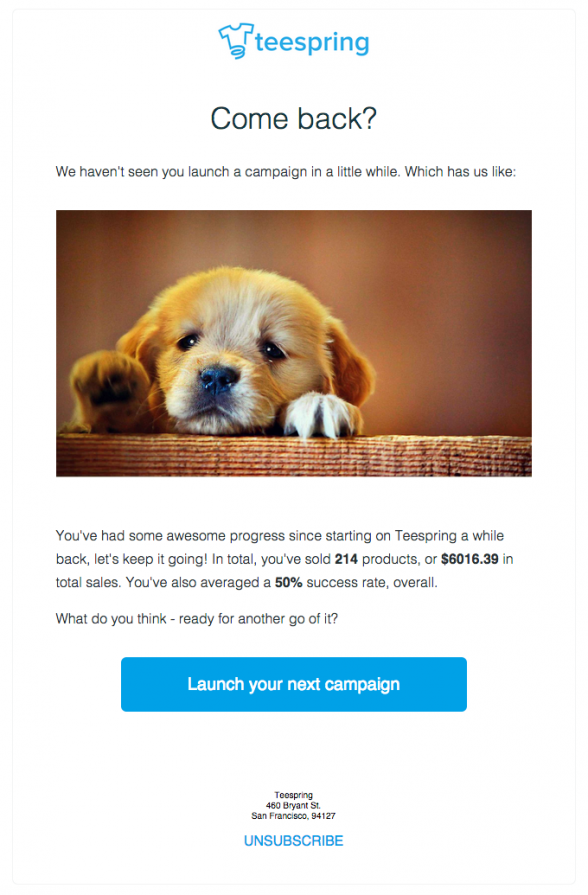
SendPulse allows you to get into email marketing without breaking a sweat. You are welcome to combine email, SMS, web push notifications, and Facebook campaigns for better performance. After the registration, you can send 15,000 emails to 500 subscribers every month absolutely for free.
Use email to:
- Greet new subscribers
- Nurture leads with relevant content
- Notify about sales, top-rated items or articles on your blog
- Cross-sell and up-sell
- Keep customers informed about their order or shipping status with the help of automated email sending
- Re-engage passive clients
Email is the cheapest way to promote your brand, so don’t miss a chance to use it for free!
Display advertising
Display advertising is a kind of pay-per-click advertising, shown on related websites. It aims to grow the target audience by appealing to visual perception, create brand awareness, and monetize the traffic.
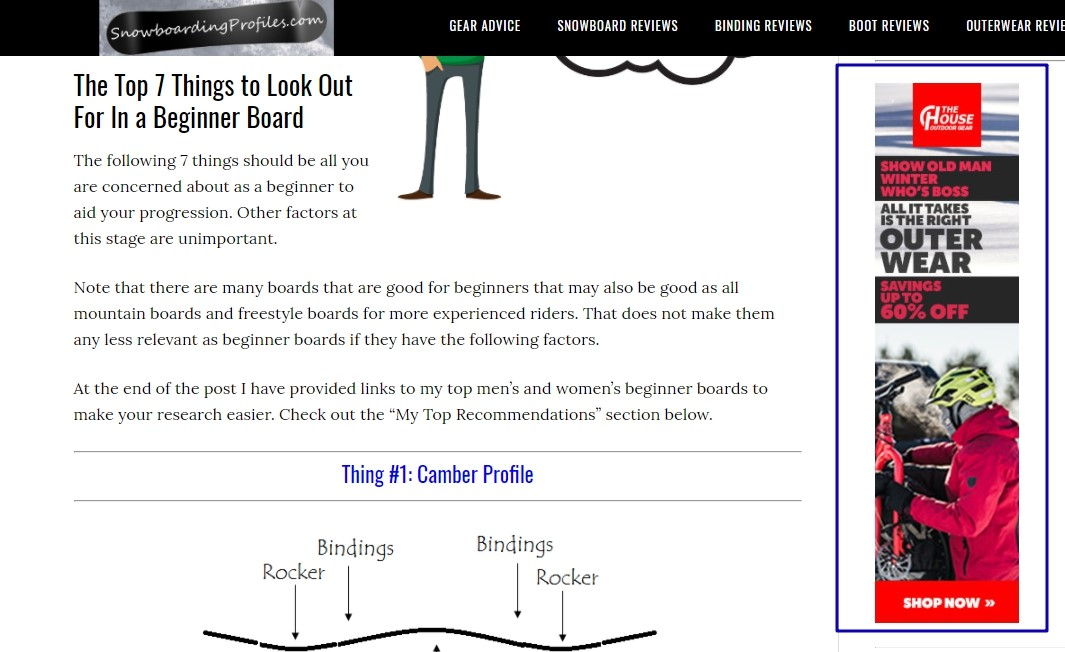
Advantages of display advertising
- Wide outreach
- An opportunity to display ads on thematic websites only due to several targeting types
- Great chance to build brand awareness
Disadvantages of display advertising
- Expensive
- Click-through rate and conversions are lower
- Often ignored by users or even blocked
Affiliate Marketing
Affiliate marketing allows promoting goods and services on the Internet by paying money for actions that facilitate promotion and sales.
Usually, the mechanism is the following: website owners create links, and after a customer clicks it to buy something, they get referral fees. It is a common practice in Amazon.

Advantages of affiliate marketing
- Target audience growth
- Quick and easy income without much effort
Disadvantages of affiliate marketing
- Website owners should spend much time to find conscientious partners with reasonable offers
- Partners may also deal with dishonest websites
How Digital Marketing Works
To illustrate the mechanism of digital marketing, remember the last purchase you’ve made. Suppose it was online. Try to recall all the stages you had come through before making a buying decision.
Firstly, we usually look for reviews and testimonials. So, think over the websites which provide them. Then, we examine a particular site that gained the highest mark based on reviews and find it on socials. Meanwhile, don’t forget about SEO — it should be easy for users to find your website. Make sure that your product page answers all the questions a potential buyer may have. At this point, a user contacts you if they’re interested, and email marketing comes into play. It gives lots of opportunities to turn a user into a client.
- Offer a lead-magnet for a subscription. It may be a discount, free shipping, a check-list, etc. Get some useful insights from our blog on how to use lead magnets effectively.
- After subscription, greet them and share the most favorable goods or content that you’re proud of.
- Send triggered emails. They are sent automatically and based on subscriber behavior so that each user will be treated differently. Don’t be afraid. It’s not rocket science — SendPulse takes care of all the technical side of things.
This is just an example of how digital marketing works. Indeed, it depends on the industry, type of business, target audience, and the buyer persona.
How to Do Digital Marketing: Digital Marketing Strategy
- Analyze your current marketing situation
- Set the goals
- Work out a strategy
- Manage the workflow
Before choosing a digital marketing strategy, make sure that you need it. Research to discover the number of your potential customers online. After that, choose the most relevant digital marketing channels. Certainly, you may combine them but don’t get into each one of them — find out the most beneficial types for your business.
Now, it’s high time to plan a strategy. No matter which one you choose, the general algorithm is the following:
- Analyze your current marketing situation. First of all, assess what you have: your current business model, the essence of goals, competition, online presence, strengths, and weaknesses. This analysis will allow you to compare it with a new digital marketing strategy further and discover if the game is worth the candle.
- Set the goals. This is a crucial stage. Make sure that your goals are realistic, measurable, specific, assignable, and time-related. Decide upon KPIs to monitor and control the fulfillment of the purposes.
- Work out a strategy. It is a plan following which you’ll manage to accomplish your goals. Specify all the tactics and methods to do it, taking into account the period needed. Describe in detail how you’re going to attract new leads and move them down the sales funnel.
- Manage the workflow. Delegate the responsibilities among your team, hire the specialists if you lack them. Mind that every digital channel needs a person to be responsible for it. Correct and optimize your strategy on the go to avoid the pitfalls.
Digital Marketing Tools
- SEO
- Paid Search
- SMM
- Email marketing
- Display Advertising
- Affiliate marketing
- SEO. To evaluate the effectiveness of your search engine optimizations, make use of MOZ, SEMrush, Screaming Frog. These tools will give you insights into your technical SEO audit, position tracking, ideas for increasing organic traffic, backlinks analytics, and more.
- Paid Search. It allows promoting your business on partner sites on sponsored listings. You can pay per click, pay per thousand, or pay per call. Create PPC campaigns with the help of Google Ads.
- SMM. The most popular tool is BuzzSumo. It allows us to discover the current trends, find out which type of content performs better and learn the influencers who share it. It’s a real helping hand to draw inspiration from while crafting a social media campaign.
- Email marketing. With SendPulse, you can bring to life all your plans. You can start from a free email service plan or web push notifications. You can send web pushes in SendPulse for free if your database is less than 10,000 subscribers. Combine email, web push, and SMS in one campaign for better outreach. Set automated email sending, and SendPulse will make your campaigns deliver.
- Display Advertising. AdRoll helps target the right users based on their behavior and boost sales. Attract new users, convert them into shoppers, and measure the effectiveness of campaigns.
- Affiliate marketing. CJ Affiliate helps publishers and advertisers connect to raise brand awareness and sales as well. Advertisers pay per lead, a phone call, or a site visitor.
How to measure digital marketing success?
Keep in mind that any digital marketing activity should be measurable; otherwise, you spend time and money in vain.
Digital marketing KPIs
- Traffic by channel
- The number of website visitors
- Unique visitors
- Cost per acquisition
- Cost per lead
- Customer lifetime value
- Return on ad spend
- Time spent on a site
- Bounce rate
- Click-through rates
- Shares
- Follows
- Return-on-Investment
I hope this article will prove to be useful. If you are not in digital marketing yet, start from email marketing.
References
- Here's a step-by-step guide to digital marketing.
- This article develops a holistic view of digital marketing. You'll get to know what a digital marketer does, the difference between inbound and digital marketing, the budget one needs while getting started.
Last Updated: 22.03.2023


or